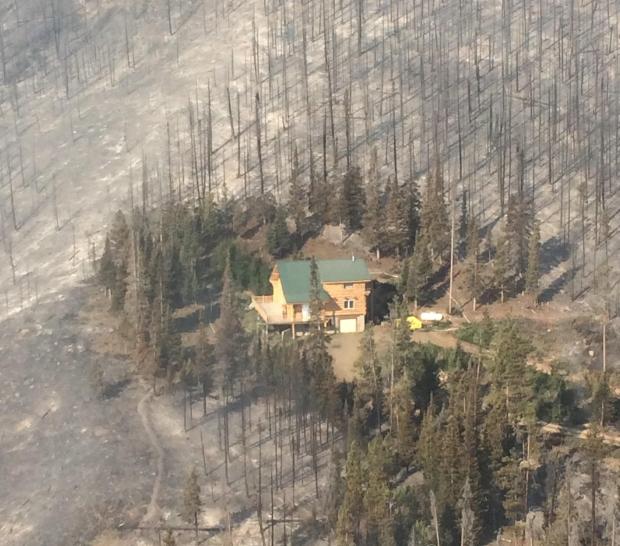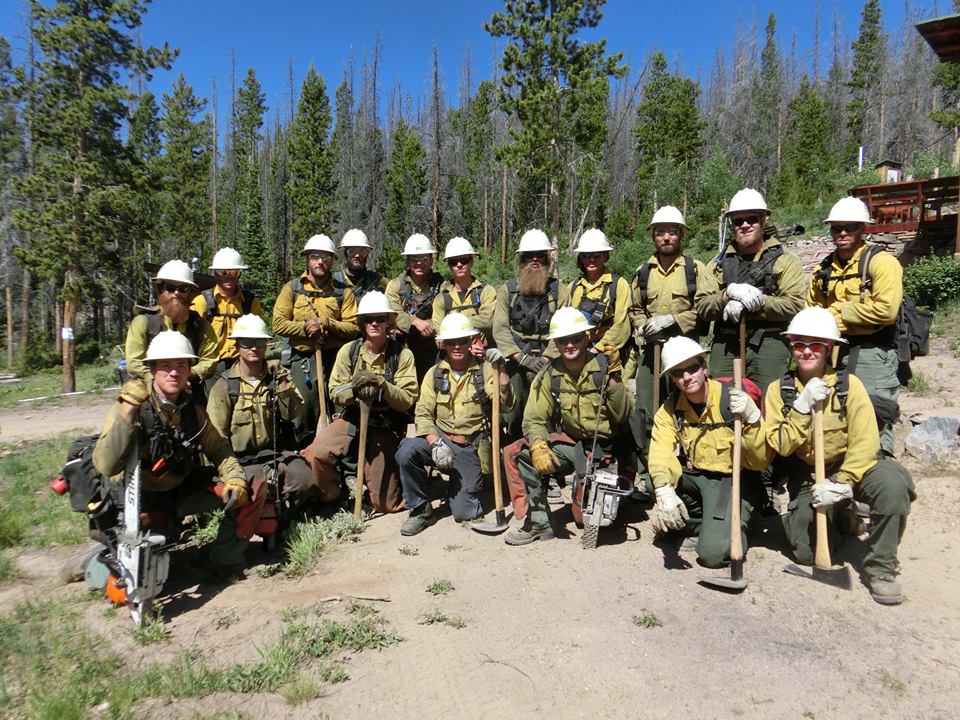Each year since 2013 the Colorado Legislature has created interim Wildfire Matters Review Committees, with the apparent primary purpose of proposing bills relating to wildfire. And every year the Colorado State Fire Chiefs Association (CSFC) submits to the committee a broad range of recommendations for improving the state’s ability to mitigate and respond to wildfires.
This year is no exception. On August 15, CSFC Executive Director Garry Briese testified before the 2016 committee, providing the association’s view of the progress that has been made, the work underway, and the work that remains to be done on seven priorities that the CSFC first identified in 2013.
The written version of the testimony is an interesting look at how the association’s recommendations have evolved since 2013. For each of the seven priorities an update was added every year showing the history of the progress made, or not made, in each category.
Their seven recommendations, with the three highest priorities at the top, are:
- Ensure the stability and reliability of the current Colorado statewide emergency radio system;
- Continue to invest in the development, expansion and implementation of the State resource mobilization plan;
- Expand the current local, regional and state command, control, and coordination capabilities;
- Provide sufficient funding to the Division of Fire Prevention and Control (DFPC) to fulfill its stated missions;
- State aviation resources are an essential and integral part of the initial attack on WUI fires;
- Develop measurable and clearly articulated performance goals for response to WUI fires to guide the response of local, mutual aid and State resources; and,
- Recognize that while community and individual homeowner mitigation is an essential component of a comprehensive WUI strategy, it is not an effective immediate or mid-term solution to our State’s immediate threats.
The report identifies progress in mobilization, and called as success stories the multi-mission aircraft, the Colorado Wildfire Information Management System (CO-WIMS), and the Colorado Center of Excellence for Advanced Technology Aerial Firefighting. But much remains to be done, the CSFC report said, in communications, homeowner hazard mitigation, and support for incident management teams.
You can read the entire document here.
Thanks and a tip of the hat go out to Bean.







